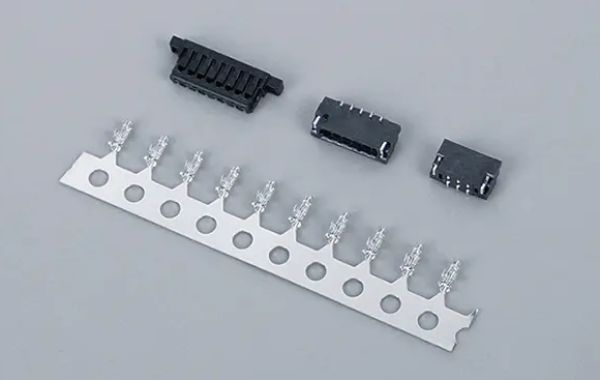Wire to wire connectors are essential components in electrical and electronic systems, facilitating the connection of two or more wires in a secure and reliable manner. These connectors consist of male and female components, often referred to as plugs and receptacles respectively, which allow for easy mating and unmating of wires.
The primary function of wire to wire connectors is to establish electrical continuity between multiple conductors while providing mechanical support and strain relief to prevent damage to the wires. They are designed to accommodate different wire gauges and insulation types, ensuring compatibility with various applications ranging from household appliances to automotive wiring harnesses.
One of the key advantages of wire to wire connectors is their versatility in design. They come in a wide range of sizes, shapes, and configurations to meet specific requirements such as current carrying capacity, environmental sealing, and space constraints. This adaptability makes them suitable for use in diverse industries including telecommunications, aerospace, and medical devices.
In addition to their mechanical and electrical properties, wire to wire connectors often incorporate features for enhanced reliability and ease of assembly. These may include locking mechanisms, polarization to prevent incorrect mating, and sealing to protect against moisture and dust ingress.
In conclusion, wire to wire connectors are integral to modern electrical and electronic systems, providing a convenient and efficient solution for connecting wires in a multitude of applications. Their reliability, versatility, and ease of use make them indispensable components in today's interconnected world.








